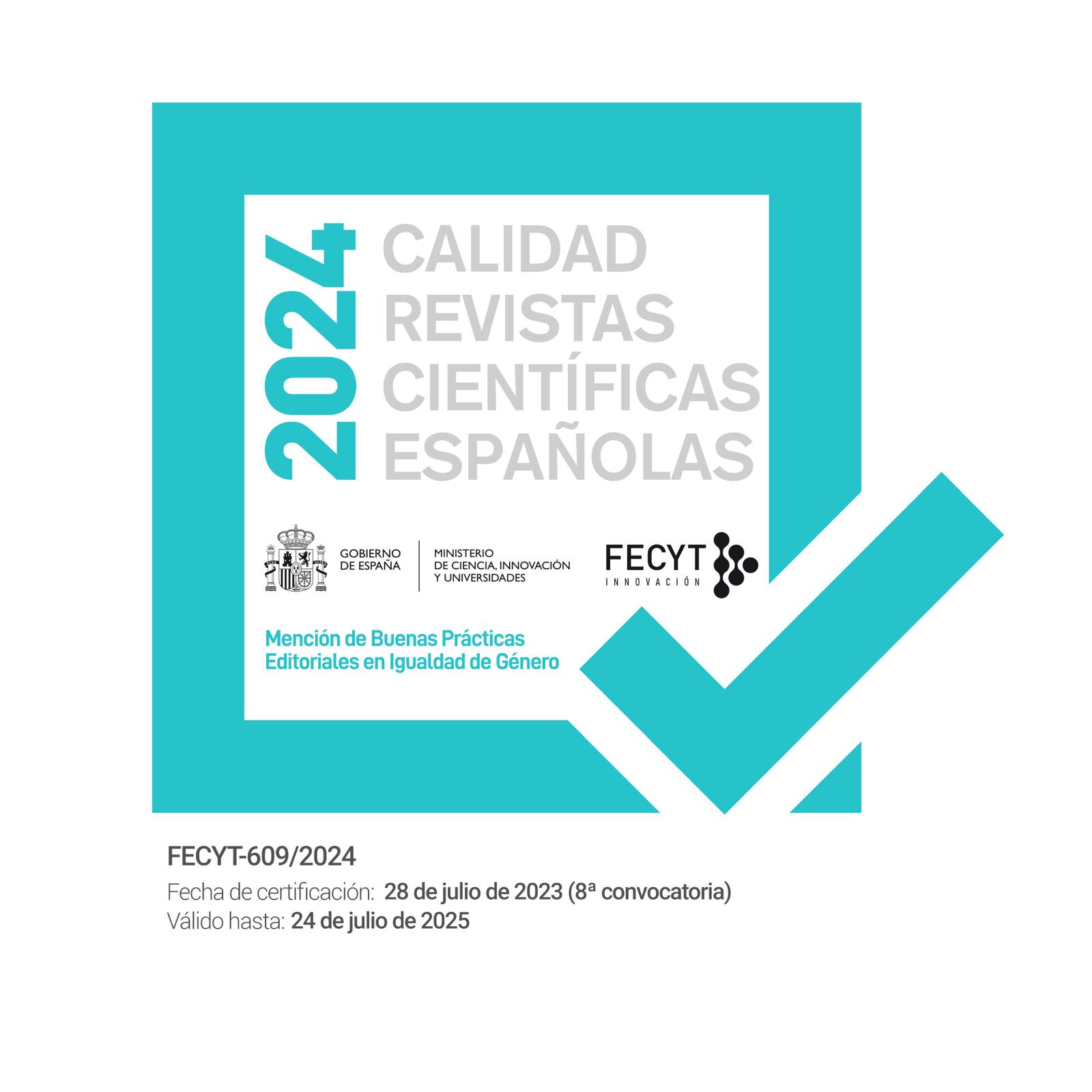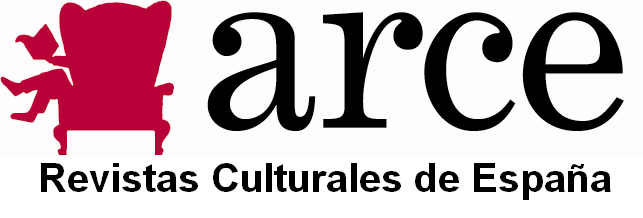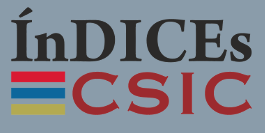Literature as a tool for teaching lexicography in the conformation of linguistic corpus
DOI:
https://doi.org/10.35869/hafh.v27i2.5847Keywords:
lexicography, literature, teaching Spanish, verbs with connotationAbstract
This paper is based on an interest in teaching Spanish at advanced levels, highlighting the importance of conceptual understanding over specific content knowledge. Therefore, we suggest using literature as a tool for linguistic and cultural analysis. It is a methodological proposal for teaching lexicography, specifically for forming linguistic corpora based on the variation and change of meaning of verbs from Mexican literature. This proposal is based on using two recognized lexicographic methods, Curso de lexicología (2006) by Luis Fernando Lara, and Manual de técnica lexicográfica (2002) by José Álvaro Porto, to analyze a corpus of verbs found in literary works. For this reason, we have chosen to exemplify with the literary work El vampiro de la colonia Roma. Las aventuras, desventuras y sueños de Adonis García (1979), which contains verbs with sexual connotations typical of the homosexual community and context of Mexico City (formerly the Federal District) in the seventies. In summary, we seek to deepen the linguistic analysis of the literature using lexicography techniques and contextualized data collection to understand better the use of language and its relationship with identity and culture to contribute satisfactorily to the academic and professional training of the student’s careers in Hispanic studies and other related disciplines.














